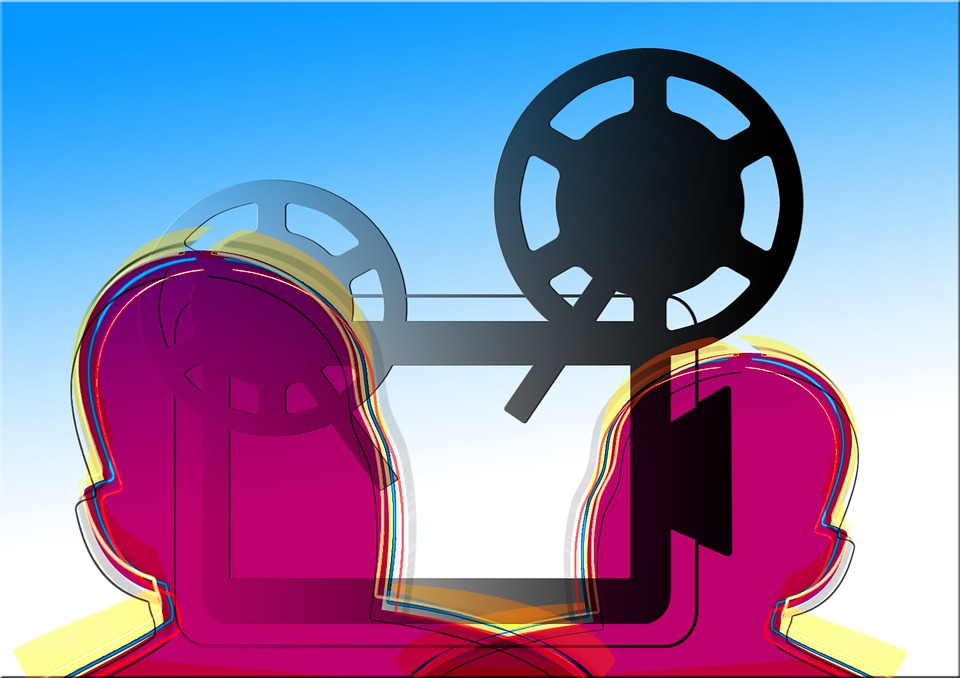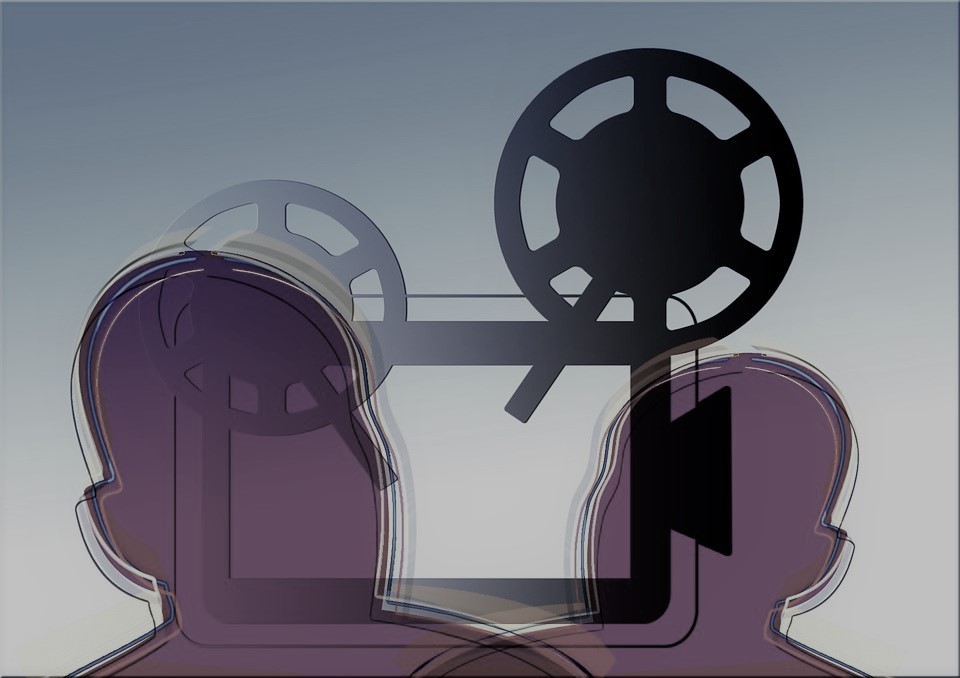In part 1, I discussed the general concept of projections and went through and example to illustrate the good and the bad. If you haven’t read it, I recommend doing so, because it will make this information more meaningful. Check out part 1 here. Now on with…
The Ugly:
The ugly is what happens to relationships when projections are accepted as facts, yet they are actually not true from the other person’s standpoint. The sudden realization that people are not on the same page they thought they were, typically leads directly into unhealthy communication dynamics.
When someone doesn’t agree with the way we see or experience things, it’s natural to have a negative internal response, especially when the person is a close friend. All sorts of thoughts can come up in our mind, such as “maybe we are not as similar to me as I thought” or “you don’t understand me as well as I thought you did” or perhaps the even more dysfunctional, “you’re supposed to be my friend and take my side,” etc.
The reality is none of these thoughts are probably true, it’s just that different people have different experiences and everyone is entitled to have their own experience. Nothing we feel or experience for ourselves should change that. One of the hardest and most important things we can do in connection with other people is to allow them to have completely different experiences from us.
More challenging is that we have to avoid making them wrong for having the experience they did, even if it’s so different from ours that it may not make any sense to us. Telling someone that what they experienced is wrong or that they have the wrong interpretation of what happened (and they need to see it your way) is an incredibly painful experience for a lot of people and often causes a strong defensive or negative response.
That doesn’t mean you have to accept their experience as true for you, just accept that they believe it’s true for them. Both interpretations, no matter how different they are, are both true to each person, yet we have a very hard time accepting someone else’s version of events as true for them, without feeling like our version is wrong. This is especially true if emotions are high or the experience was triggering.
This conflict so often causes people to feel like they have to defend their experience and make the other person accept their view of events. Even worse is when people try to make the other person admit in some way that their view is wrong, as opposed to allowing both to be true. I won’t go into the specifics here as it could be an article on it’s own, but simply say this is one of the most effective ways to destroy any relationship.
The Big Picture:
Projections are a part of life. We all do them in positive and negative ways. Also, you can project positive or negative traits and beliefs onto other people. You can just as easily project a positive intention onto a negative behavior as a negative intention onto what was actually a positive one. The important thing is to always remember they are projections and assumptions and we never really know how accurate they are, unless there is open and honest communication about them.
To give you an example of how much projections and not talking about them can blind us from the truth, I want to share an experience from my life. I was in a relationship for over 20 years and by all accounts it seemed like a wonderful relationship. I think we both probably thought it was, especially for the first 15 years or so.
A friend who knew me back then told me (after the relationship was over) he remembered thinking we were probably the most in sync couple he had ever seen. Either we were going to have a lifelong relationship with minimal problems or something would happen to throw a wrench in the system and everything would fall apart. Well, the latter happened.
I won’t go into details, but I will say that for most of our relationship we basically never fought or argued about anything. We loved, cared for, and were there for each other and we wanted to be. We both had a very logical and practical approach to decision making and things were easy and just made sense. We felt like we were always on the same page and everything just seemed to flow.
Naturally, we both assumed that we felt the same way about pretty much everything. The problem was this was never true. However, there was so little conflict, that we didn’t have the conversations that would have given us clues that we were definitely not on the same page, even about the most fundamental things that we valued and desired in our relationship .
It just so happened that our lives changed enough that we couldn’t function the same way we did in the past. We both focused on keeping up with the things that we believed the other person valued most in our relationship, the things we each valued most for ourselves. Unfortunately, we eventually figured out that what we valued in relationship was almost completely opposite of each other. And while we each did what we thought was best, we ended up being hurt and confused, because we were doing the wrong things to support each other.
It didn’t make any sense, because we were so similar. How could the things we each wanted be so different. In hindsight, it became clear that our relationship was built on projections we had of each other that became incredibly ingrained and constantly reinforced over time, since there was no evidence or experiences to support any contrary views of each other.
By the time we realized how different we were from each other, it was too late. There wasn’t any direct or intentional harm done from either of us to the other, but the reality (or at least my reality) was that we couldn’t accept each other for who we really were. It felt like a giant betrayal or perhaps the other person was lying about who they were. Of course neither of those are true, we simply couldn’t perceive the truth, because of the strength and history of our projections.
Most likely we were much more similar when we were younger, but people can change a lot in 20 years. I guess we just assumed we were both changing in the same way, but we certainly weren’t. When you have an experience where you realize that a relationship that lasted over half your life was primarily formed by projections you had of each other, it certainly teaches you not to blindly accept the way you think things are in your relationships.
Fortunately, I have learned a lot about relationships and connecting with people at deeper levels since that experience. I now strive to see and accept others for who they really are, not for who I think they are or want them to be. In truth, it takes more time and effort to have deeply connected relationships of all types, but I believe it’s well worth the effort. I can easily say I have the most fulfilling relationships I have ever had in my life and I desire for the information I share to help you do the same.






